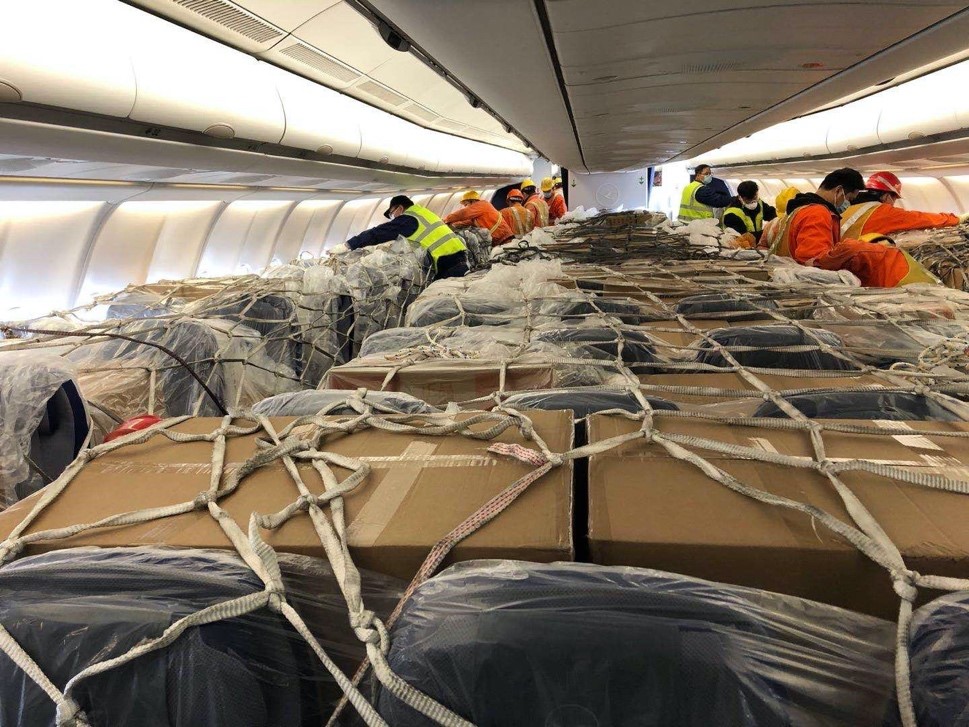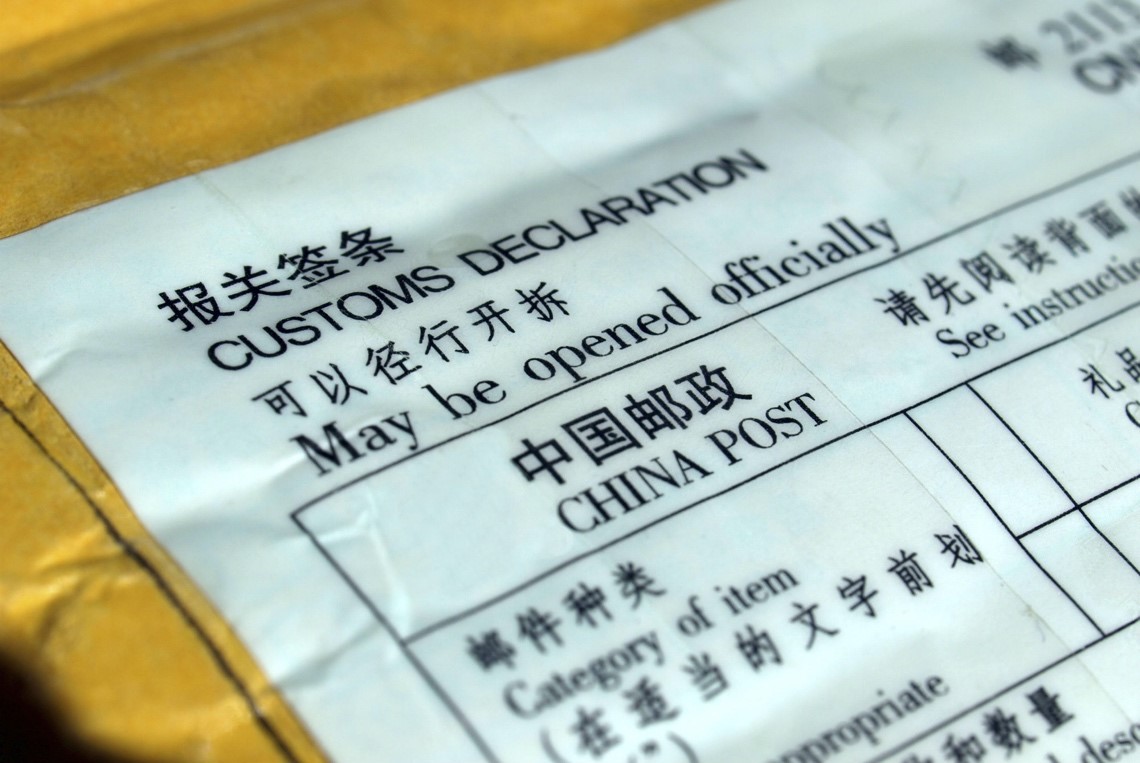An imminent shift from intercontinental direct shipping to intracontinental distribution!
For years, many shoppers have been enjoying buying very cheap goods online, mainly from Chinese online sellers. With a click on the website of the e-commerce platform Alibaba, the price-sensitive consumer can order a cell phone case for 2 euros, a cheap “jewel” for 1.5 euros, or even an inflatable swimming pool for 10 euros. These prices include packing and shipping, although delivery might sometimes take up to 60 days. The Chinese e-commerce platforms mainly rely on very cheap shipping rates through China Post, which uses the worldwide postal network for delivery to the consumer’s home. This may end soon because of four significant events that will be heavily impacting the delivery flow over the next 6 months.
No belly space
Event 1: Due to the COVID-19 situation, there is almost no belly space (cargo shipped in the belly of a passenger plane) offered on the market, while this belly space previously accounted for more than half of the total cargo capacity worldwide. This phenomenon results in sky-high cargo rates, as only freighters and some “preighters” (passenger planes transporting only cargo–see figure 1) are transporting cargo. Postbags historically enjoyed a preferential rate and treatment with airlines, as postbags were easy to stow between the containers in the bellies and were generally not time-sensitive. Average air postal shipping rates to the destination postal entry airports in Europe have recently increased from about US$0.75/kg to up to US$7.5/kg, an increase of up to 1,000 percent. In addition, given the squeezed cargo supply, medical and B2B volumes currently get priority over cheap B2C and low-yield postal volumes. Parcels bound for Europe are currently piled up in Guangzhou, Shenzhen and Shanghai.

Figure 1: Passenger aircraft A330 of Lufthansa used as cargo plane. Source: https://www.aircargonews.net/airlines/airlines-fill-passenger-seats-with-cargo-to-meet-demand/
Dropshipping taxes
Event 2: The European Union has recently approved a new tax scheme for imported parcels shipped straight to consumers, the so-called “dropshipping”. Today, VAT is only levied on shipments with a value above 22 euros and import duties are due above a value of 150 euros. Several–mainly Asian–sellers typically ship the goods via postal air freight assuming that the chance of a “value” customs check is rather low. As from January 1, 2021, the VAT amount needs to be applied as from 0 euros. This means that all imported goods, including the very cheap products, will become–at least–21 percent more expensive in, for example, Belgium.
“injection” rates for intercontinental postal shipments
Event 3: The Universal Postal Union (UPU) will change the rules of the game. A big chunk of Chinese shipments ordered online are delivered from the countries’ international postal entry points to the customer’s home using the national postal operators’ network. This is driven by the fact that China was considered as a third world country in the UPU, where worldwide postal rules and treaties are discussed and agreed. Having that status implies that local postal operators need to deliver parcels below 2 kg, originating from China, almost for free. This rule was agreed several decades ago to help developing countries to link up with the Western world. The weight balance of postal traffic between the countries was generally equal at that time. However, this rule will change as from July 1, 2020. The Trump administration forced the UPU last September to change that free-rider rule for China, under threat of withdrawing the US Postal Services (USPS) from the UPU. The new rule is that within 5 years, postal operators within the UPU can increase gradually the “injection” rates for intercontinental postal shipments. Forecasts suggest that postal rates will go up by 150 percent by 2025.

Figure 2: A typical China post parcel. Source: https://www.trackchinapost.com/about-china-post-parcel-tracking/
Local last mile players
Event 4: Last mile providers are currently working at full capacity and can hardly take on additional volumes. Using local last mile players instead of postal operators as a back-up solution, is feasible from an operational point of view. However, the last mile rates of these operators are significantly above the current inter-postal rates. In addition, it looks like these parcel players are not keen to attract any additional volumes at extremely cheap shipping rates. For this we refer to the previously published blog post by Roel Gevaers.
Most of the above described events are structural, while the shortage of air freight capacity is rather temporary. The toxic cocktail of these events will lead to the “perfect storm” for cheap intercontinental online orders: price increases of up to 1,000 percent for postal air shipping, a VAT increase of 21 percent on orders below 22 euros, a last mile postal rate increase due to new UPU agreements, and a back-up last mile solution that is by definition more expensive.
Inexpensive intercontinental online orders for less than 20 euros, shipping included, will become history in Europe and other Western countries such as the USA and Australia. We conclude that this phenomenon will lead to a much more continentally driven supply chain, forcing several online sellers to adapt their business models and open distribution hubs in Europe. The players that already have installed a more “continental” supply chain structure will be the winners for the coming 3 to 5 years compared to the e-commerce platforms relying on cheap shipping via postal air tariffs.
In the end, the “buy local” slogan during coronavirus lockdown will become partly true in Western online shopping. However, the other side of the coin will be that prices for several cheap products will–for sure–go up.
This blog highlights one of the trends defined in the previous post 'Four major trends opening doors to a sustainable and resilient post COVID-19 supply chain'.


